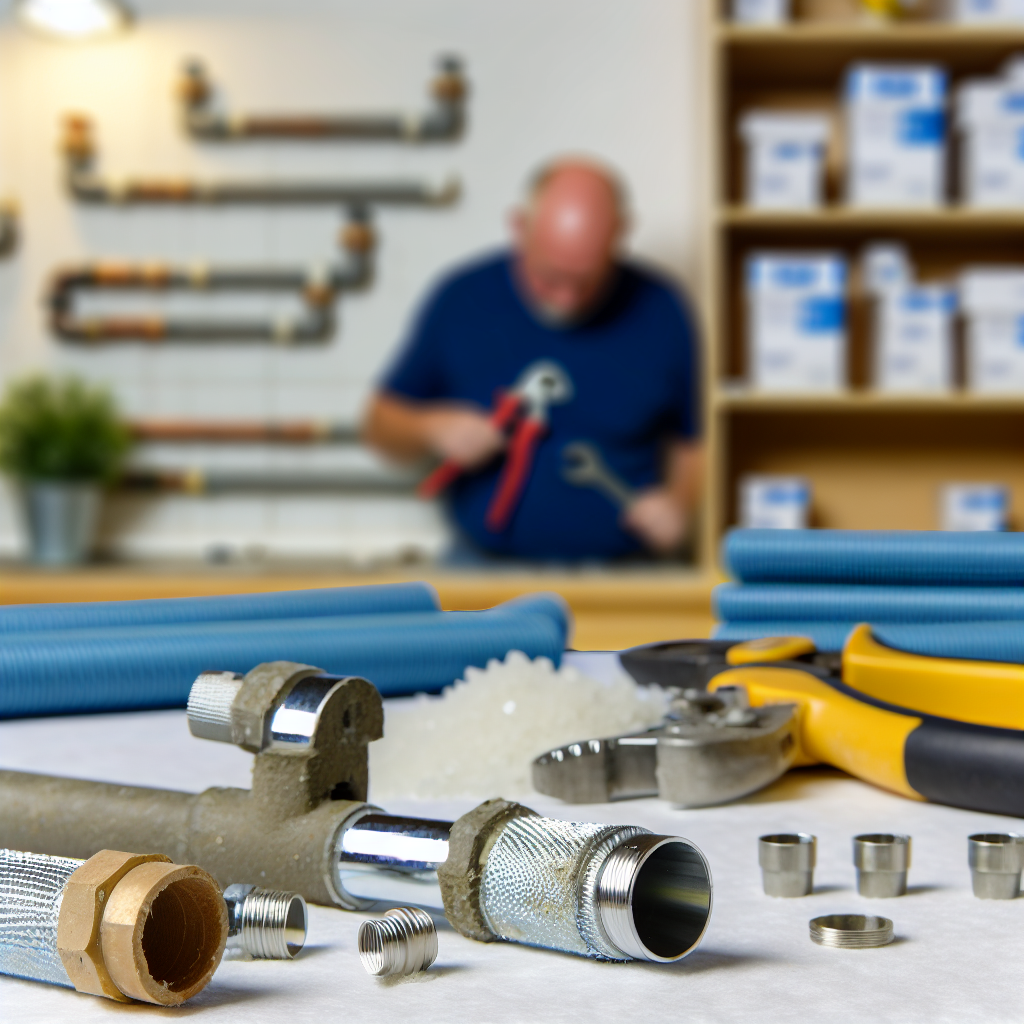Mastering water pipe installation skills is essential for ensuring efficient plumbing systems and proper drainage in both residential and commercial settings. In this article, we will explore the key techniques and best practices for successful water pipe installation, highlighting the importance of precision, safety, and adherence to plumbing standards to prevent future issues and maintain optimal water flow.
Understanding the Fundamentals of Water Pipe Installation
Successful water pipe installation begins with a thorough understanding of the plumbing system’s layout and the types of pipes suited for each application. Skilled plumbers must be familiar with different materials such as copper, PEX, and PVC, each requiring specific handling and installation techniques. Accurate measurements and planning are crucial to ensure the pipes fit correctly and connect seamlessly to fixtures, valves, and drainage points.
Before installation, a comprehensive site assessment should be performed to identify potential obstacles, optimal pipe routes, and necessary permits. Proper support and secure fastening of pipes prevent sagging and movement, which can lead to leaks or bursts over time. Additionally, understanding local plumbing codes and safety standards is vital for compliance and long-term reliability of the system.
Techniques for Effective and Safe Water Pipe Installation
Proficiency in a range of installation techniques is essential for a plumber aiming for quality results. These include:
- Cutting and fitting pipes: Precise cutting methods ensure clean edges and proper fitment, reducing the risk of leaks.
- Joining methods: Depending on the pipe material, techniques such as soldering, crimping, solvent welding, or compression fittings are used to create secure, watertight seals.
- Proper slope and drainage considerations: Ensuring an appropriate slope in drain pipes facilitates gravity-driven flow, prevents blockages, and minimizes pressure on joints.
- Pressure testing: Conducting pressure tests before sealing walls or floors helps identify potential leaks and guarantees system integrity.
Plumbers must also prioritize safety during installation by wearing appropriate protective equipment and following safety procedures to handle tools and materials safely. Adhering to local plumbing standards not only guarantees compliance but also enhances the longevity of the plumbing system.
Conclusion
Mastering water pipe installation skills involves a combination of technical knowledge, precise techniques, and adherence to safety and plumbing standards. By understanding the fundamental materials and methods, and applying best practices in fitting, joining, and testing, plumbers can ensure efficient, durable plumbing systems. Prioritizing accuracy and safety ultimately leads to quality drainage and long-lasting results for any plumbing project.
